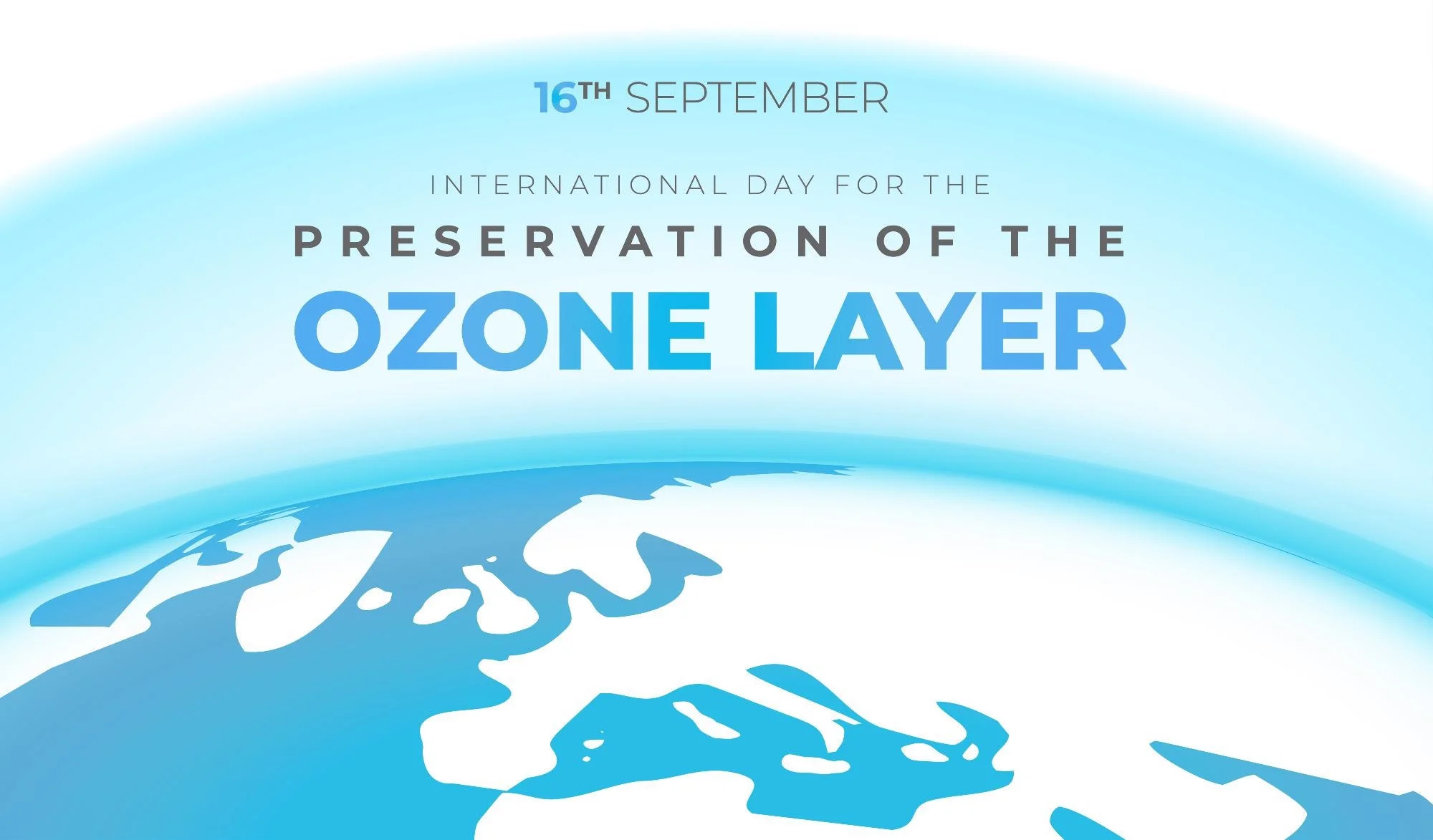Progress on Fast Action to Cut HFCs Under Montreal Protocol

Ministers Highlight Importance of Controlling Fastest Growing Greenhouse Gas
As the fourth day of the 26th Meeting of the Parties of the Montreal Protocol comes to a close, a unique collection of countries, including China, India, Brazil, and South Africa, along with the European Union and the United States, are calling for fast action to cut production and use of HFCs, the fastest growing greenhouse gas in the world, using the institutions and expertise of the Montreal Protocol, while leaving accounting and reporting of emissions within the UN climate treaty. In total, more than 120 countries have called for action to cut HFCs.
President Obama negotiated a separate agreement with President Xi of China last week and Prime Minister Modi of India on 30 September to cooperate on the phase down of HFCs under the Montreal Protocol.The parties are continuing to discuss when to start formal negotiations on the proposed amendment to cut the HFCs, with a group of oil-producing countries still struggling to accept the need for fast action on HFCs, and expressing concern that the alternatives to the HFCs may not work as efficiently in the air conditioners in their countries during the hot season, when temperatures can reach 50°C.
The parties are also negotiating the three-year replenishment for the Multilateral Fund, the Montreal Protocol’s dedicated funding mechanism, which pays the agreed incremental costs for developing country parties to move to the climate friendly substitutes. The last replenishment three years ago was $450 million, and a similar amount is expected this year. Negotiations will conclude tomorrow, Friday the 21st of November. The Multilateral Fund has provided more than $3 billion to date to support the phase down of nearly 100 chemicals that damage the stratospheric ozone layer and warm the climate, by nearly 100%.
The success of the Montreal Protocol has put the stratospheric ozone layer on the path of recovery by 2065. It also has provided climate mitigation equivalent to a net of 135 billion tonnes of carbon dioxide, which is five to ten times more than the Kyoto Protocol climate treaty has provided to date.
Phasing down HFCs will provide the equivalent of up to 146 billion tonnes of carbon dioxide by 2050, and avoid up to 0.5°C of warming by 2100. A fast phase down by 2020 will provide additional mitigation, equivalent to up to 64 billion tonnes of carbon dioxide.
“This is the only climate strategy where all the major countries of the world are lining up on the same side,” said Durwood Zaelke, President of the Institute for Governance & Sustainable Development, who is attending the negotiations in Paris. “As Segolene Royal, the French Environment Minister, said in her opening remarks this week, the road to a successful climate treaty in Paris next December runs through Montreal.”